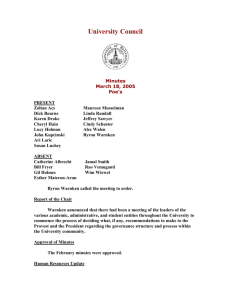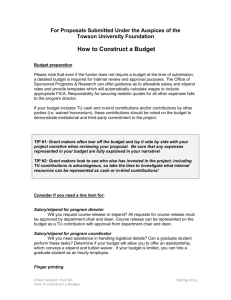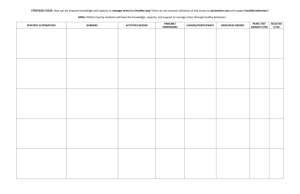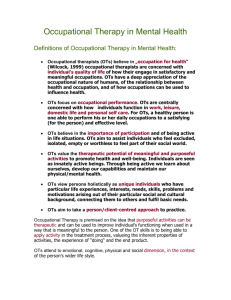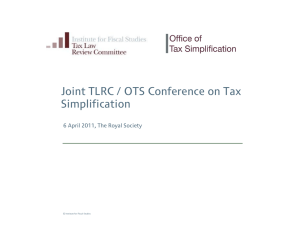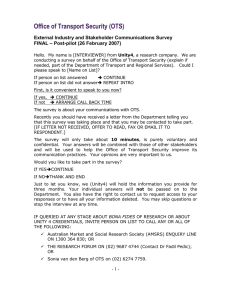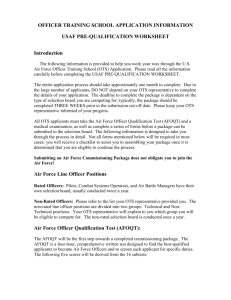a PDF of this case study.
advertisement
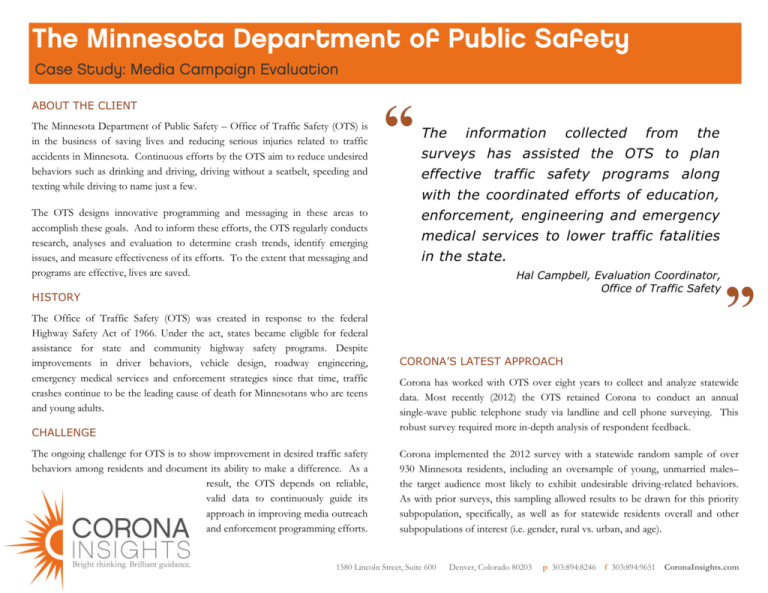
The Minnesota Department of Public Safety Case Study: Media Campaign Evaluation The Minnesota Department of Public Safety – Office of Traffic Safety (OTS) is in the business of saving lives and reducing serious injuries related to traffic accidents in Minnesota. Continuous efforts by the OTS aim to reduce undesired behaviors such as drinking and driving, driving without a seatbelt, speeding and texting while driving to name just a few. The OTS designs innovative programming and messaging in these areas to accomplish these goals. And to inform these efforts, the OTS regularly conducts research, analyses and evaluation to determine crash trends, identify emerging issues, and measure effectiveness of its efforts. To the extent that messaging and programs are effective, lives are saved. “ The CHALLENGE The ongoing challenge for OTS is to show improvement in desired traffic safety behaviors among residents and document its ability to make a difference. As a result, the OTS depends on reliable, valid data to continuously guide its approach in improving media outreach and enforcement programming efforts. collected from the surveys has assisted the OTS to plan effective traffic safety programs along with the coordinated efforts of education, enforcement, engineering and emergency medical services to lower traffic fatalities in the state. Hal Campbell, Evaluation Coordinator, Office of Traffic Safety HISTORY The Office of Traffic Safety (OTS) was created in response to the federal Highway Safety Act of 1966. Under the act, states became eligible for federal assistance for state and community highway safety programs. Despite improvements in driver behaviors, vehicle design, roadway engineering, emergency medical services and enforcement strategies since that time, traffic crashes continue to be the leading cause of death for Minnesotans who are teens and young adults. information “ ABOUT THE CLIENT CORONA’S LATEST APPROACH Corona has worked with OTS over eight years to collect and analyze statewide data. Most recently (2012) the OTS retained Corona to conduct an annual single-wave public telephone study via landline and cell phone surveying. This robust survey required more in-depth analysis of respondent feedback. Corona implemented the 2012 survey with a statewide random sample of over 930 Minnesota residents, including an oversample of young, unmarried males– the target audience most likely to exhibit undesirable driving-related behaviors. As with prior surveys, this sampling allowed results to be drawn for this priority subpopulation, specifically, as well as for statewide residents overall and other subpopulations of interest (i.e. gender, rural vs. urban, and age). 1580 Lincoln Street, Suite 600 Denver, Colorado 80203 p 303:894:8246 f 303:894:9651 CoronaInsights.com CORONA’S LATEST APPROACH (CONTINUED…) Read the full report on Minnesota’s Department of Public Safety website: http://bit.ly/17P7RBJ Also in 2012, the Corona team examined interrelationships in survey responses more holistically, and outside of the traditional traffic safety focus areas. This analysis enabled our team to detect factors that relate more strongly to actual self-reported behavior, which may be somewhat consistent for some residents across traffic safety focus areas. In looking across the broad spectrum of awareness, risk perception and behavior, our team discovered that perceived risk (when it exists without campaign awareness) is a factor more highly related to desired behavior than awareness of messaging (when it exists without risk perception). Furthermore, a key finding among the key target population of young unmarried males was that, while four out of five have high levels of campaign awareness, they also tend to have relatively lower levels of risk perception and the desired selfreported behaviors. Anaylsis Sample from Report Some respondents are simply more likely to be aware of messaging and issues in general. The table to the right illustrates the percentage of respondents who are aware of all three types of messaging, none of the three, or some combination thereof (SB-seatbelt, SPspeeding, and DUI). THE OUTCOME The survey results have resulted in the OTS including new, innovative projects to address traffic safety concerns in their 2014 Highway Safety Plan. In addition, results from the nine core survey questions are reported to the National Highway Traffic Safety Administration NHTSA. The results help to provide a nationwide look at impaired driving, seat belt use and speeding. There is a very strong correlation between perceptions of the risk of getting a ticket (or arrested) for various behaviors. The table to the left, illustrates the percentage of respondents perceived risk for the three behaviors. Behaviors are more strongly correlated with perceived risk than with awareness of messaging. Those who perceive their risk to be higher are less likely to exhibit bad behaviors. The tie between awareness and behaviors is somewhat weaker. (A-awareness, R-risk perception, and B-good behavior) 1580 Lincoln Street, Suite 600 Denver, Colorado 80203 p 303:894:8246 f 303:894:9651 CoronaInsights.com

